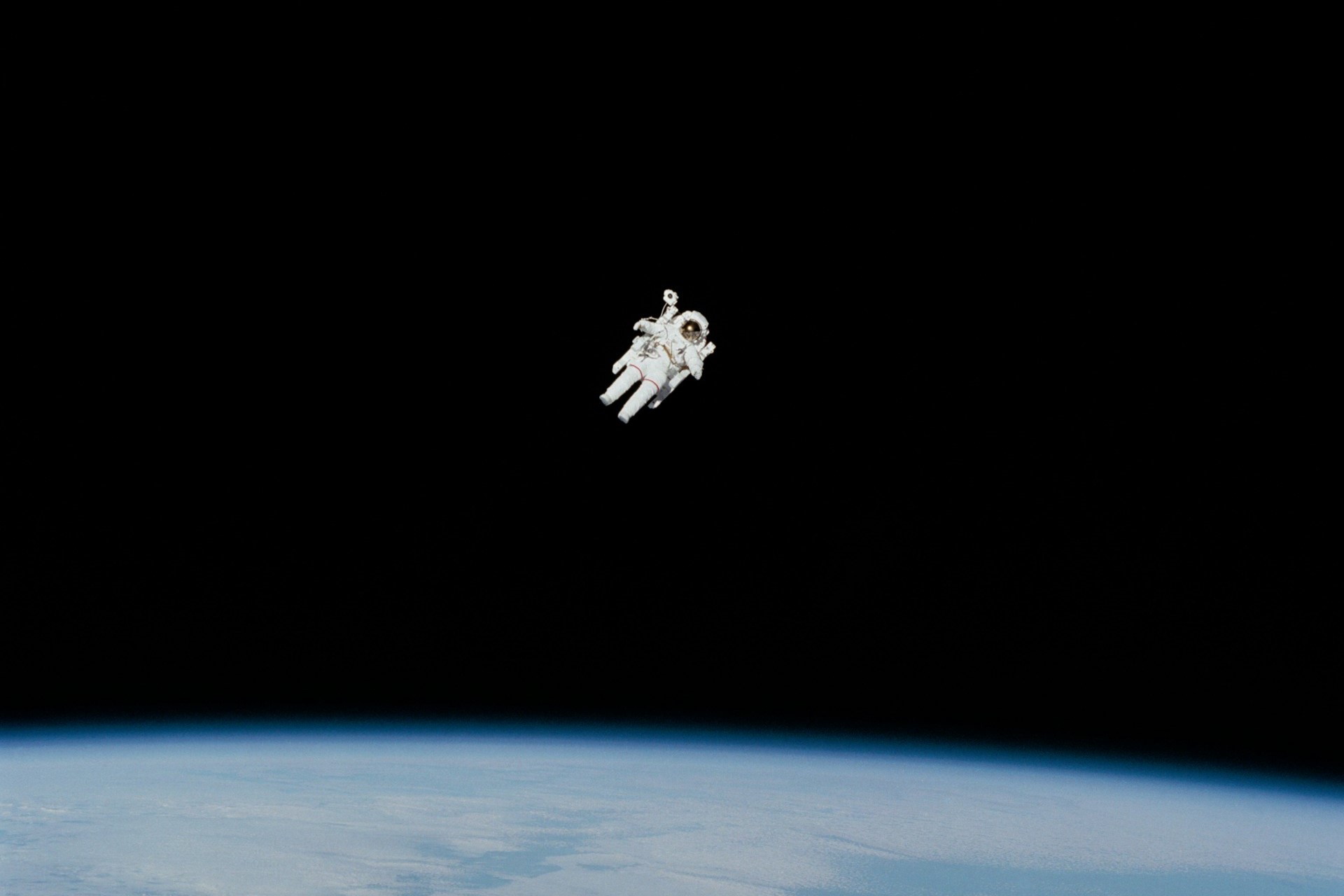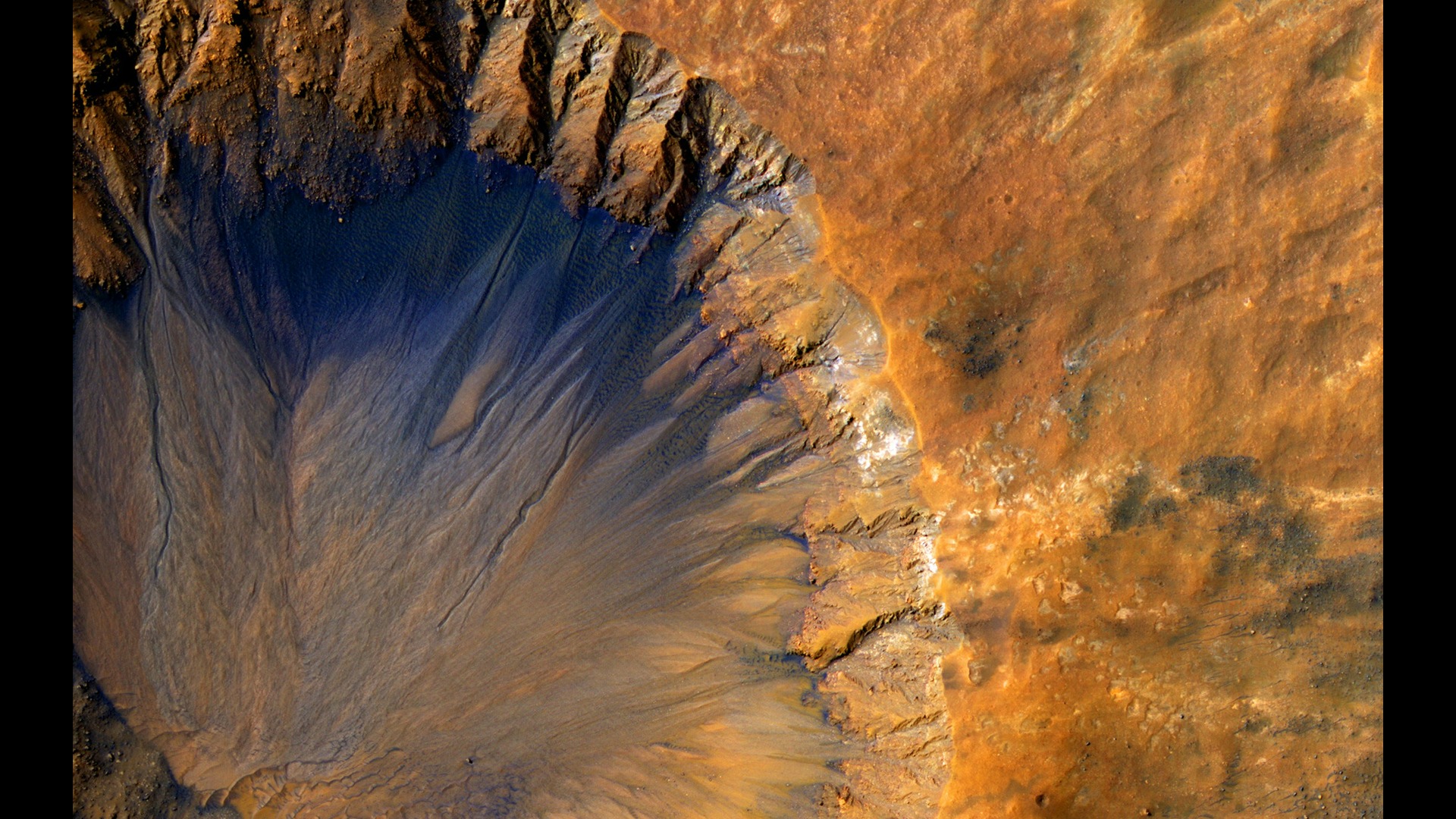
Making Up the Universe: What Are Cosmic Objects?
August 31, 2022 - Emily Newton
Revolutionized is reader-supported. When you buy through links on our site, we may earn an affiliate commission. Learn more here.
What do you see when you look up at the night sky? From most of the world, you can spot planets and stars with the unaided eye. With a telescope, you might be able to see a bit further. There’s so more to the universe than just what we can see with the naked eye. What are cosmic objects?
Defining Cosmic Objects
Terms like cosmic objects, celestial objects or celestial bodies are often used interchangably. They’re all used to describe any aggregation of matter, energy or both in the known universe. It’s a broad term because there is so much in the universe that we’ve only begun to understand and so much more that we haven’t even imagined. Let’s look closely at some of the most well-known cosmic objects.
The Four Components of the Universe
Types of Cosmic Objects
Stars
While all the twinkling lights in the night sky might not be stars, most of them fall into this category. Astronomers define stars as “a self-luminous gaseous spheroidal celestial body of great mas which produces energy by means of nuclear fusion reactions.” Stars burn for billions of years. Large ones die in a massive explosion called a supernova. Small ones, like the one in the core of our solar system, expand into red giants and then collapse into white dwarfs.
Planets
Mercury. Venus. Earth. Mars. Jupiter. Saturn. Uranus. Neptune. The solar system’s planets are a small sampling of the celestial bodies populating the universe. The term planet refers to any celestial body that maintains an elliptical orbit around a star, but there are other criteria to consider as well. According to the International Astronomical Union — the body that stripped Pluto of its planetary status — planets need to meet three standards:
1. The celestial body is in orbit around a star.
2. It is large enough to generate gravity and maintain a nearly round state.
3. It generates enough gravity to clear its celestial neighborhood of debris.
Exoplanets
Our solar system isn’t the only place to find planets, but they needed a different name. Exoplanets are the name for any planets we’ve identified outside the solar system. Finding potentially habitable exoplanets could give us a place to travel to once we find a way to travel outside our solar system.
Moons
Moons are smaller celestial bodies that orbit planets. The technical term to define these celestial bodies is “natural satellite,” differentiating them from the artificial satellites we launch into orbit. Not every planet has a moon, but they also aren’t limited to a single moon per planet. Jupiter has 79 moons in our home system, and Saturn has 82.
Asteroids
Asteroids are also known as minor planets or planetoids. These floating rocks can be as small as a meter across or as large as a dwarf planet. Most of the asteroids we’ve recorded exist in the asteroid belt between Mars and Jupiter. Still, others float freely, cutting across planetary orbits or crashing into other celestial bodies. NASA has been sending missions to the asteroid belt to explore the idea of asteroid mining and looking into ways to redirect asteroids that might be on course to impact Earth.
Comets
Asteroids aren’t the only free-moving celestial bodies. Comets are balls of frozen water, gasses and rock that orbit the Sun or other stars. As they move away from the Sun, they freeze and become difficult to spot. As they move toward the Sun, they begin to thaw and form their iconic tails. Some large comets, such as Halley’s Comet, are visible to the unaided eye but only return once every 75 years.
Nebulae
Clouds of dust and gas floating in space are known as nebulae. Some are the remnants of stars or supernovae long since dead, while others contain all the building blocks to birth new stars and galaxies.
Star Clusters
We only have one star in the center of our solar system, but that isn’t the case in every star system. Multiple stars can orbit one another at the center of a solar system, held together by mutual gravitational bonds. Binary and trinary systems are fairly common. Systems with four or more stars are less likely, but there are theories that we could find as many as seven stars in a cluster — or perhaps more.
Galaxies
You might not see it by staring up at the night sky, but our planet and solar system are part of a much larger galaxy. Galaxies are rotating collections of stars, planets, nebulae and other cosmic objects. Almost every large galaxy has a supermassive black hole at its core, causing it to rotate.
Pulsars
When we see stars at night, they appear to twinkle because the light is refracted by our atmosphere. Pulsars do flash. Astronomers believe that pulsars are rapidly rotating neutron stars that emit pulses or flashes of light, radio waves and electromagnetic radiation as they spin. Some of the fastest pulsars can release as many as 1000 pulses per second.
Quasars
We don’t know a lot about quasars. They’re some of the most distant cosmic objects we’ve spotted, releasing massive amounts of energy. Some astronomers theorize that they could contain black holes or maybe the end stage of the life cycle of a galaxy.
Black Holes
When a massive star dies, it can go one of two ways — it can become a neutron star or it can become a black hole. Black holes are gravitational wells that capture everything that enters their proximity — including light. We don’t understand a lot about black holes yet, but scientists were able to capture the first image of one, thanks to the concerted effort of these brilliant researchers.
Dark Matter and Dark Energy
We can see many cosmic objects from Earth, but everything we can see only makes up about 0.5% of the universe. The rest is made up of dark matter and dark energy. Beyond our understanding of this fact, we don’t know a lot about dark matter or dark energy. We can’t observe it with current technology.
Looking Toward the Stars
The term cosmic object can apply to anything we see in the night sky or anywhere in the universe. There is still so much that we don’t understand about the universe we call home, but all we can do is look to the stars and dream about what we might find out there.
Revolutionized is reader-supported. When you buy through links on our site, we may earn an affiliate commission. Learn more here.
Author
Emily Newton
Emily Newton is a technology and industrial journalist and the Editor in Chief of Revolutionized. She manages the sites publishing schedule, SEO optimization and content strategy. Emily enjoys writing and researching articles about how technology is changing every industry. When she isn't working, Emily enjoys playing video games or curling up with a good book.







